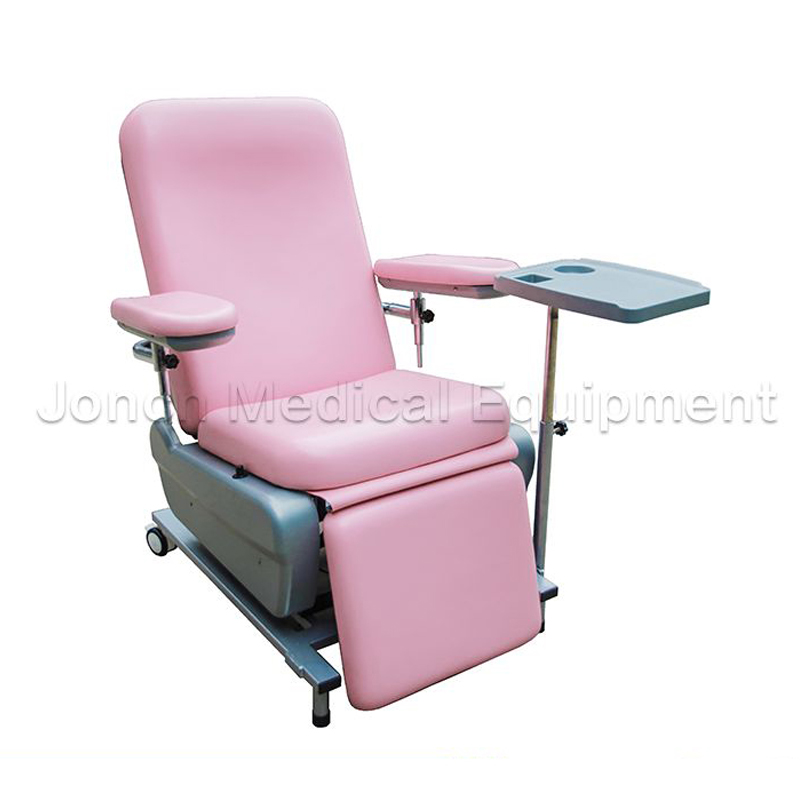
Cleaning and maintaining mattresses for hospital beds is an important part of preventing infection and ensuring patient comfort. Since mattresses are in direct contact with patients and are prone to accumulating body fluids, pathogens and dirt, special attention should be paid to the following points:
Mattresses must be equipped with high-quality waterproof covers to prevent liquids (such as body fluids, blood, drugs, etc.) from penetrating into the mattress interior. This not only protects the integrity of the mattress, but also prevents liquids from breeding bacteria or mold inside. The mattress cover should be easy to wipe and withstand repeated use of cleaning agents and disinfectants. Smooth and durable materials help to clean the mattress surface quickly and efficiently.
Mattresses should use antimicrobial materials to reduce the growth of microorganisms on the surface. Antimicrobial mattresses are particularly important in hospital environments and can effectively reduce the risk of cross-infection. The interior of the mattress should be made of mold-resistant materials, especially in humid environments, which will help extend the life of the mattress while preventing mold from growing inside the mattress.
The mattress surface should be cleaned daily according to the hospital's standard operating procedures (SOPs). The mattress surface should be thoroughly cleaned every time a patient leaves the bed, focusing on easily accessible areas such as the head and torso. Mattresses that are used for a long time or come into contact with patients with infectious diseases need to be disinfected regularly. Ultraviolet disinfection or the use of special antimicrobial disinfectants can effectively kill pathogens hidden on the surface or inside.

Regularly check the mattress for damage, such as cracked waterproof covers, wear and tear, cracked seams, etc. These damages may cause liquid penetration or affect the antimicrobial function of the mattress. When the mattress is found to be irreparably damaged or has stains that cannot be removed, the mattress should be replaced in time. Long-term use of worn mattresses will not only affect the cleaning effect, but may also cause discomfort to patients.
When cleaning and disinfecting mattresses, detergents that do not damage the mattress materials should be selected. Strongly corrosive chemicals may destroy the waterproof layer or antimicrobial coating on the surface of the mattress. Therefore, detergents with low corrosiveness and effective against antimicrobial materials should be selected. Mattresses are in direct contact with the patient's skin. Using non-toxic, hypoallergenic detergents can avoid irritating the patient's skin, especially in sensitive patient groups (such as burns or postoperative patients).
After cleaning and disinfection, the mattress must be completely aired or dried to prevent moisture accumulation, thereby avoiding the growth of mold or bacteria. A humid environment is prone to the growth of microorganisms, which may affect the health of patients. If the mattress needs to be stored for a long time, the storage environment should be well ventilated to avoid moisture and prevent the mattress from being attacked by mold during storage.
Special mattresses: For some special patients (such as those with infectious diseases or low immunity), the hospital may provide them with special mattresses. Special mattresses should undergo special cleaning and disinfection processes after use to ensure that they are not shared with other patients.
By paying attention to the material selection, daily cleaning, regular maintenance and disinfection processes of the mattress, the hospital can effectively reduce the risk of infection, extend the life of the mattress, and ensure the health and comfort of patients.

The EMD200001 ABS materials electric hospital bed, is designed to meet the demanding needs of healthcare facilities and institutions. With its robust technical parameters, including dimensions of 2290...
See Details
Our collection of cutting-edge medical equipment is designed for intensive care units! The EMD200003 electric five-functional ICU bed stands as a pinnacle of innovation, offering unparalleled function...
See Details
Removable and washable quad-folding foam mattress, designed for both hospital and home use. Measuring 1925*900*100mm (custom sizes available), this mattress features a high-density polyurethane foam c...
See Details
Biobase blood collection chair for blood sample donation is a solution meticulously designed to enhance the blood donation experience for both donors and operators. With its robust technical specifica...
See Details
The advanced ABS plastic hospital anaesthesia trolley, is meticulously designed to meet the rigorous demands of modern medical facilities. Crafted from durable ABS and antibacterial materials, this tr...
See Details
This humanized design emergency trolley is ergonomically designed to provide a comfortable hold even in emergencies. Buttons on the handles make it easy to lock or unlock the wheels, allowing the stro...
See DetailsIf you are interested in our products, please consult us
Products
Mobile terminal